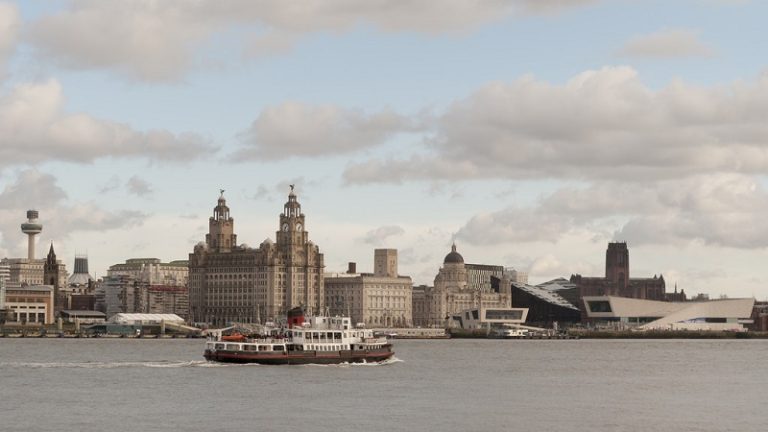As part of the Global Infrastructure Forum 2017 under the topic of Delivering Inclusive, Sustainable Infrastructure, an environment was created in which the MDBs could discuss how they can best work with countries in order to create the opportunities to work with countries and the private sector in order to generate markets for infrastructure projects. Leaders of the top multilateral development banks, or MDBs have announced that they agree to improve and extend their collaboration efforts in order to encourage the investment of the private sector as well as look into vital infrastructure that would be needed to support a sustainable and inclusive level of economic growth on a global scale. At the Global Infrastructure Forum, potential investors were brought together with representatives of the United Nations and the G20 leaders with representatives from the African Development Bank, Asian Development Bank, Asian Infrastructure Investment Bank, European Bank for Reconstruction and Development, European Investment Bank, New Development Bank, World Bank, Islamic Development Bank, International Finance Corporation and Inter-American Investment. With basic infrastructure scarce in many developing companies, and a great deal of capital sitting and earning low returns, investment from the private sector in to infrastructure could be beneficial for both parties as the investment could earn a higher level of returns from a long term investment in to the developing countries. The countries will also be provided with the resources they are lacking and will benefit from the skills and knowledge of the investing companies. A pledge has been made to fulfill commitments in countries in order to meet Sustainable Development Goals. The MDBs at the Forum have pledged to leverage their resources through co-financed projects, and also create interest among other private sector investors in order to develop the infrastructure. It is hoped that the development of infrastructure could become an asset class for institutional investors and therefore create a motive to invest in infrastructure.












